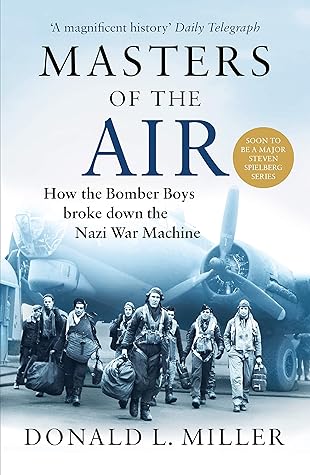More on this book
Community
Kindle Notes & Highlights
Read between
April 1 - August 15, 2024
The technology needed to fight a prolonged, full-scale bomber war was not available until the early 1940s and, by the closing days of that first-ever bomber war, was already being rendered obsolete by jet engine aircraft, rocket-powered missiles, and atomic bombs.
“Their fear wasn’t as great as ours,18 and therefore was more dangerous. They feared the unknown. We feared the known.”
You’re frightened, but there’s a difference between fear and panic. Panic paralyzes; fear energizes.
This was warfare suited to the American character. “[It] combined moral scruples,56 historical optimism, and technological pioneering, all three distinctly American characteristics,” wrote historian John Keegan.
Freud wrote, “the essence of the traumatic situation is the experience of helplessness.”73
In Lovett’s opinion, “his hands were tied by his mouth.
John Steinbeck wrote that every young and green soldier, scanning the frightened faces of his comrades, “sees death there.”74 But in his heart, he believes that he will be exempt. It was this fantastic delusion that held him together.


